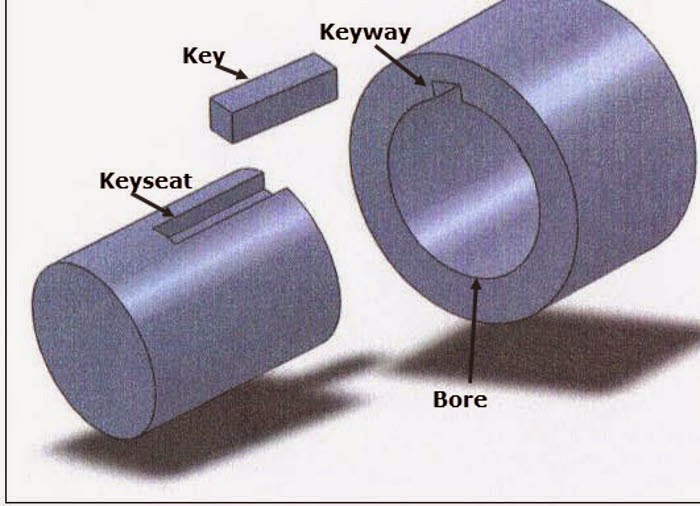boreas
"If it sounds good, it IS good." E.K.E.
Hi, all. First post to the Tuners forum but I just got my first analog tuner, an Onkyo T-4090. It seems to be in good shape overall but there's one problem I can't seem to get a grip on.
The dial pulley, or more accurately the shaft for the dial pulley, Gradually backs itself out of the tuning cap. After a time or two up and down the dial it has backed itself out far enough that the flats on the shaft no longer engage the small gear that spins the tuning cap.
I should mention that I had to reinstall the dial cord and, though the dial works correctly, I can't help thinking the problem is somehow related to the reinstalled cord.
Any help will be greatly appreciated.
John


The dial pulley, or more accurately the shaft for the dial pulley, Gradually backs itself out of the tuning cap. After a time or two up and down the dial it has backed itself out far enough that the flats on the shaft no longer engage the small gear that spins the tuning cap.
I should mention that I had to reinstall the dial cord and, though the dial works correctly, I can't help thinking the problem is somehow related to the reinstalled cord.
Any help will be greatly appreciated.
John







